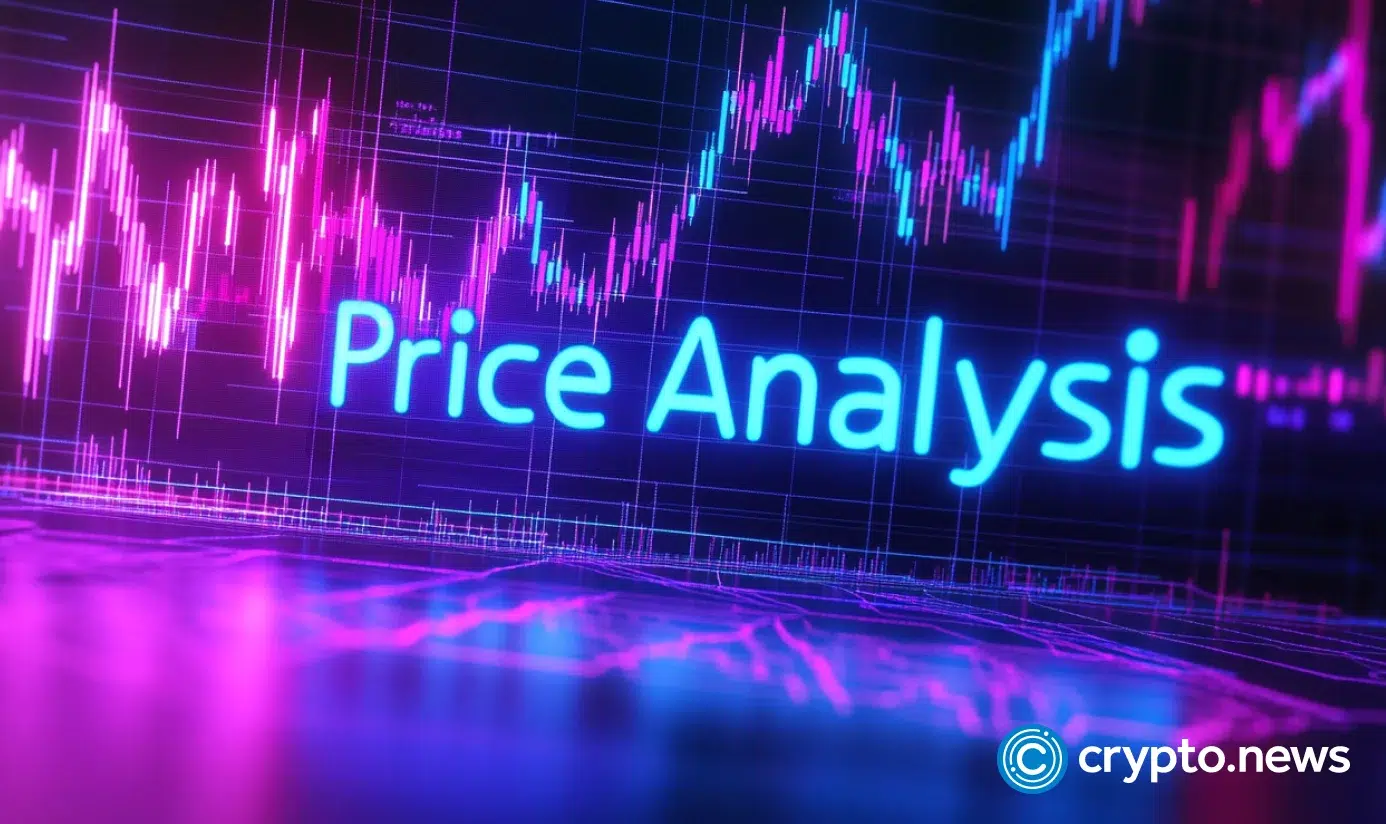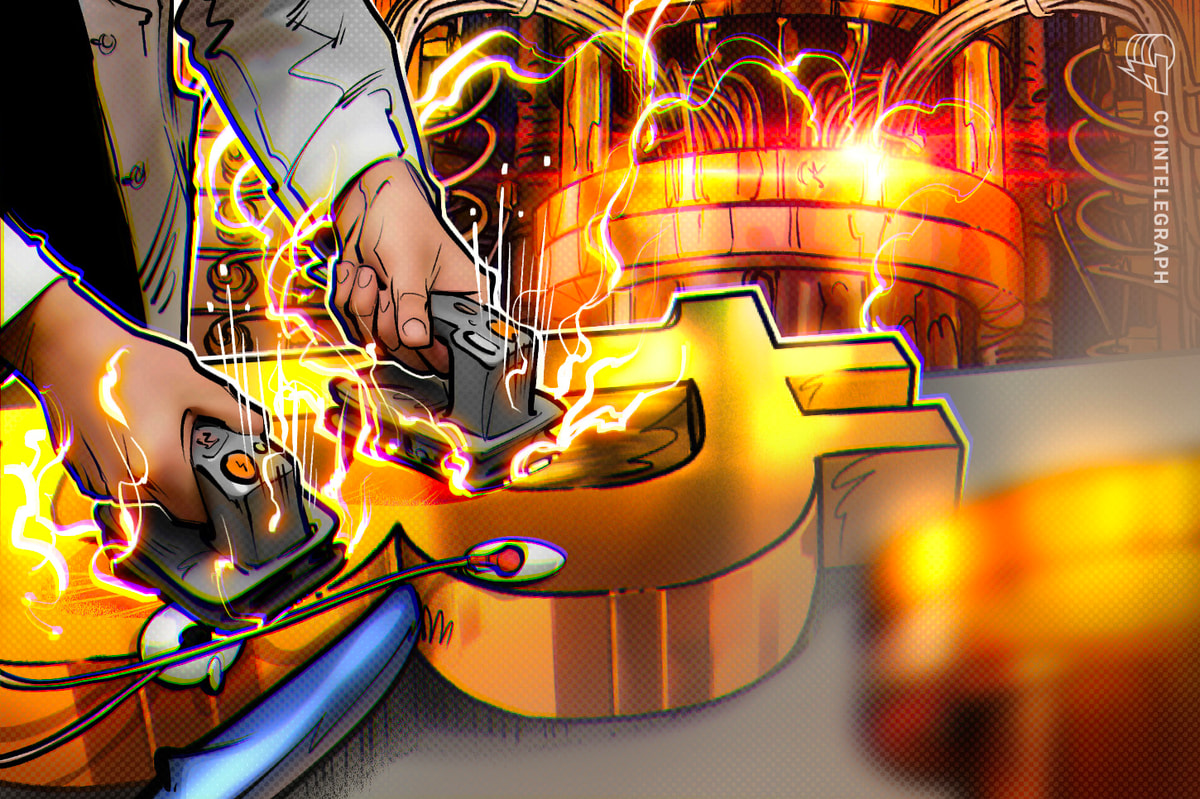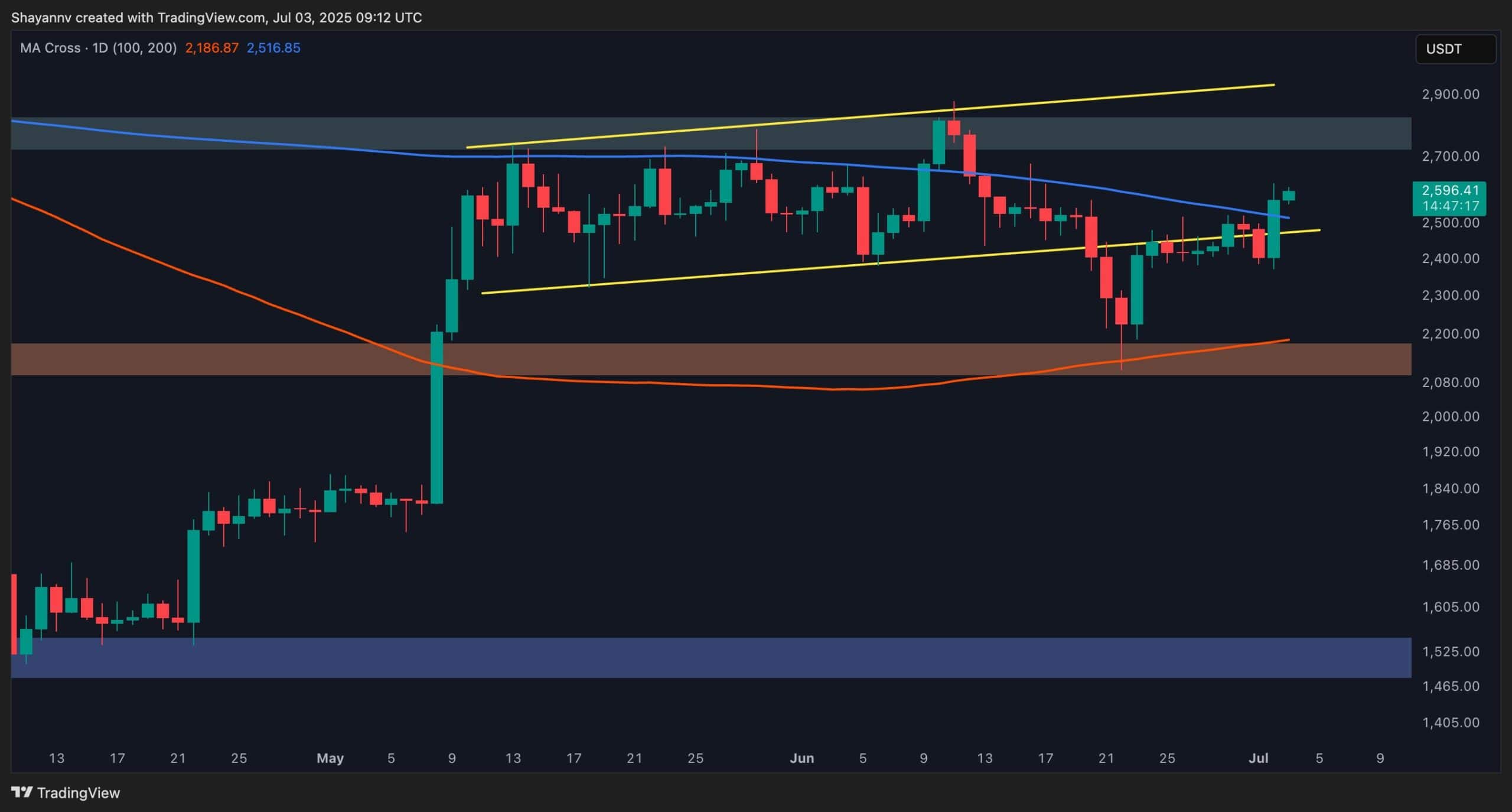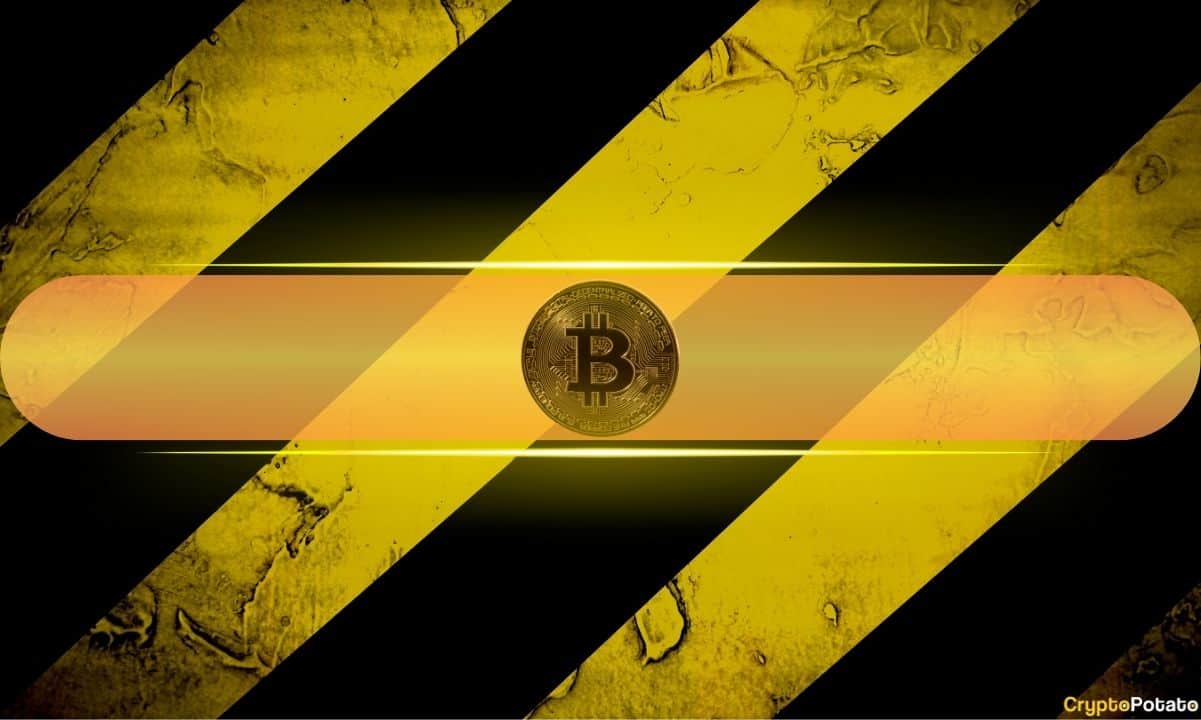As crypto regulation tightens worldwide, Europe is entering a critical phase. On June 25, 2025, the European Commission signaled it will move forward with new rules that grant regulatory equivalence to non-EU stablecoins. This means tokens like USDT and USDC may soon circulate legally within the EU under the Markets in Crypto-Assets (MiCA) framework—despite strong warnings from the European Central Bank (ECB).
This article explores the implications of this divergence and what it means for the future of crypto regulation in Europe.
What Just Happened?
Brussels is preparing to approve stablecoins issued outside the EU as compliant under MiCA standards. While this may improve access to major global stablecoins, it has sparked backlash from the ECB.
ECB officials argue this move could:
- Weaken EU monetary sovereignty
- Spark outflows from EU-based bank deposits
- Increase financial instability during market downturns
“The integration of global stablecoins must not come at the cost of financial sovereignty or crisis resilience.” — Christine Lagarde, ECB President
Nonetheless, EU regulators are moving forward, prioritizing innovation and market competitiveness.
Why It Matters
1. Stablecoin Access
Granting equivalence status means tokens like USDT, USDC, and PYUSD could operate seamlessly in Europe, providing businesses and consumers with more stable and liquid options.
2. Policy Divide
The disagreement between the ECB and the European Commission highlights a deeper split:
ECB (Central Bank) | European Commission (Regulator) |
Focuses on financial stability and sovereign control | Emphasizes innovation and market liberalization |
Prefers a public digital euro solution | Willing to integrate private stablecoins under regulation |
This isn’t the first time the ECB raised concerns. Christine Lagarde recently urged lawmakers to speed up progress on the digital euro to avoid reliance on private stablecoins.
3. MiCA in Action
The move is one of the first real-world tests of MiCA implementation. It signals how flexible or strict the EU will be when regulating crypto in practice.
For more on MiCA and what it covers, read our MiCA Regulation Explained.
What’s Next?
- Parliament Reactions: EU lawmakers may still introduce amendments if pressure mounts from the ECB or national regulators.
- Crypto Firms Respond: Platforms like Kraken and Binance—already MiCA-compliant in some EU countries—will need to update legal frameworks.
- Digital Euro Tension: This decision could accelerate the ECB’s rollout of a digital euro.
Explore our latest article on CBDCs and the digital euro.
Final Takeaway
This isn’t just a regulatory update—it’s a statement. The European Commission is asserting crypto integration even as its central bank urges caution. As MiCA unfolds across 27 member states, the way Europe balances innovation and oversight will shape global crypto policy.
Stay with Coinbackyard for the latest on stablecoins, MiCA, and the future of digital finance in Europe.
Remember, investing in cryptocurrencies involves risks, and it’s important to conduct thorough research and seek professional advice before making any financial decisions. (Please keep in mind that this post is solely for informative purposes and should not be construed as financial or investment advice.)

















 English (US) ·
English (US) ·